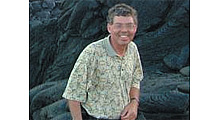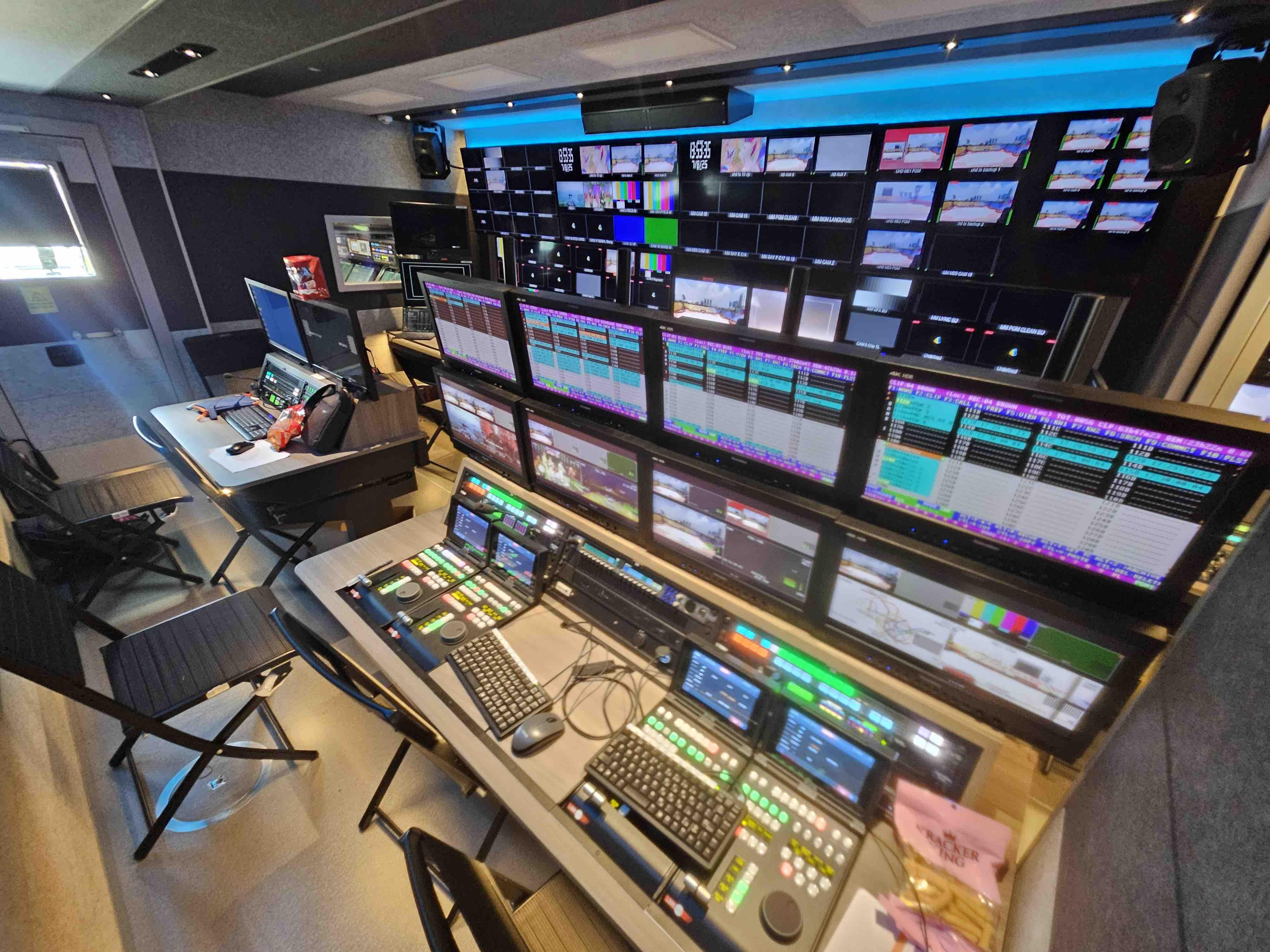FCC Reacts to Split-Band Broadband Wireless Plan Criticism

Doug Lung
The FCC hosted a Public Workshop on 600 MHz band plans on May 3 and heard from the experts present that the FCC's apparently favored split band (TV Channel 51 down and TV Channel 37 down) plan was not practical. The Wireless Bureau appears to have accepted that analysis and is now focusing on a single “Down from 51” band, although noting “Specifically, most of these proposals are targeted at re-purposing a specific amount of paired spectrum nationwide, and provide limited options for how to offer less spectrum in constrained markets, or additional spectrum in individual markets, and only under certain scenarios.”
The wording in the Public Notice implies the Commission isn't happy with this outcome, noting “Under the policy framework set forth by the Commission, the ‘Down from 51’ approaches in the record appear to favor certainty of the operating environment over the utility of providing the maximum amount of spectrum through flexibility to offer a greater quantity of spectrum in geographic areas where more spectrum is available.”
The Public Notice described different variations of the “Down from 51” band plan and requested discussion on the relative merits of all of the band plan proposals and their variations as well as comment on which band plan other countries would be most likely to adopt to allow for global harmonization of the 600 MHz spectrum.
It is interesting to note that all of the proposed “Down from 51” plan has two versions--one if less than 84 MHz is cleared and another if more than 84 MHz is cleared. The plans include “Down from 51 Reversed.” In this approach, the downlink band starts below a guard band at 698 MHz and continues downward to a duplex gap in the center of the cleared spectrum. This is followed by the uplink band, which goes downward to another guard band just above any TV channels remaining above Channel 37. If more than 84 MHz can be cleared, then the downlink band is expanded and the uplink band would continue past Channel 37, either on a nationwide basis or in certain markets, ending with a guard band above the UHF TV channels situated lower in the spectrum. The downlink band would be fixed; however, the uplink band could vary from market to market.
The FCC hasn't given up on the idea of high-power TV in the duplex gap, asking “Specifically, should the Commission place television stations in the duplex gap in more constrained markets?”
The Public Notice continues with the question, “Although we recognize that some commenters have concerns about allowing high power services to operate in the duplex gap, is this less problematic if it occurs only in certain markets?”
In seeking additional spectrum, it asks, “As compared to a Down from 51 Reversed band plan, which alternative would allow the Commission to offer as many paired spectrum blocks as possible?”
Another proposed approach is “Down from 51 TDD (time division duplex).” Under this plan, the band would begin after a guard band at 698 MHz and expand downward, followed by a guard band between wireless operations and broadcast television. It would not have a duplex gap and thus would allow for market variation without worrying about TV stations in the middle of the new wireless band.
The Public Notice did not address hybrid approaches--such as setting aside some spectrum as TDD and some as FDD (frequency division duplex), or as was proposed in comments to the NPRM, using any extra spectrum available below Channel 37 for a downlink only service--either to supplement the nationwide downlink band or to offer broadcast like multicast services.
I can understand why wireless carriers and TV broadcasters alike “favor certainty of the operating environment over the utility of providing the maximum amount of spectrum through flexibility...”
Designing radios with filters than can handle high-power TV broadcasters in some markets, yet provide reliable wireless service in other markets will be difficult. Market-specific radios aren't the answer, as people will be taking their smartphones and tablets into other markets.
Rather than try to squeeze the last bit of spectrum from television broadcasters, TV band white space users and wireless microphone owners, the FCC should listen to the industry and stick with a nationwide band plan. As we've seen recently, in the “less constrained” markets unused channels can be put to good use to provide wireless broadband by using TV white space technology. In many rural areas TV translators and LPTV provide a valuable service. Even though that spectrum wouldn't be sold at auction, it wouldn’t be wasted.
The professional video industry's #1 source for news, trends and product and tech information. Sign up below.

Doug Lung is one of America's foremost authorities on broadcast RF technology. As vice president of Broadcast Technology for NBCUniversal Local, H. Douglas Lung leads NBC and Telemundo-owned stations’ RF and transmission affairs, including microwave, radars, satellite uplinks, and FCC technical filings. Beginning his career in 1976 at KSCI in Los Angeles, Lung has nearly 50 years of experience in broadcast television engineering. Beginning in 1985, he led the engineering department for what was to become the Telemundo network and station group, assisting in the design, construction and installation of the company’s broadcast and cable facilities. Other projects include work on the launch of Hawaii’s first UHF TV station, the rollout and testing of the ATSC mobile-handheld standard, and software development related to the incentive auction TV spectrum repack. A longtime columnist for TV Technology, Doug is also a regular contributor to IEEE Broadcast Technology. He is the recipient of the 2023 NAB Television Engineering Award. He also received a Tech Leadership Award from TV Tech publisher Future plc in 2021 and is a member of the IEEE Broadcast Technology Society and the Society of Broadcast Engineers.
